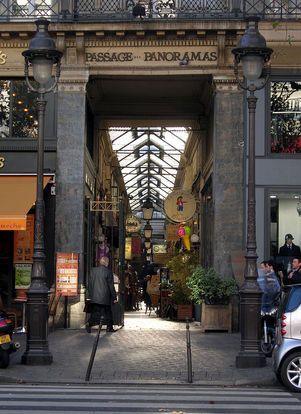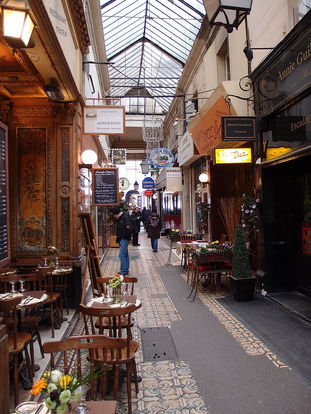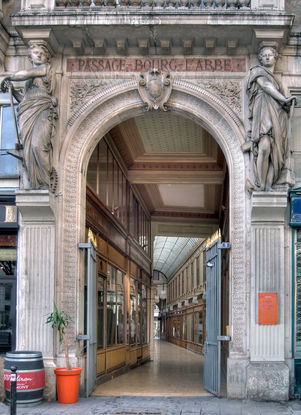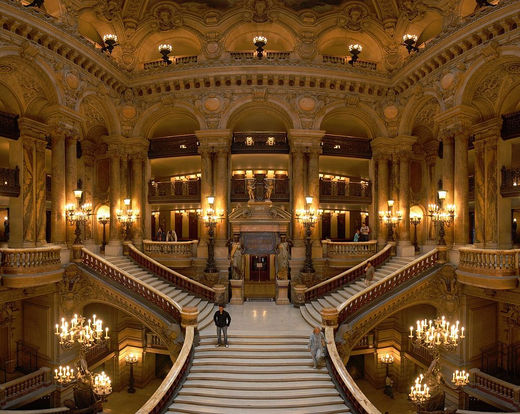The passages couverts are historic covered arcades constructed in the early 19th century.
They would have been lit by gas lamps and bordered with shops.
At one point there were around 150 of them.
Some popular ones include the :
- Galerie Vero-Dodat
- Galerie Vivienne
- Passage Choiseul
- Passage des Panoramas
- Passage Jouffroy
- Passage Verdeau
- Passage du Grand Cerf
- Passage Bourg-l'Abbé
The map below suggests an itinerary to cover most of them.
The 19th century was a vibrant period of artistic and cultural flourishing in Paris.
Explore our walk, "Favorites of the Musée d'Orsay," for more insights into this fascinating era.
Nearby, the Opéra Garnier, a hallmark of Haussmann's grand renovations of Paris, showcased iconic works by composers such as Rossini, Berlioz, Gounod, Verdi, and Wagner. It was famously captured by Degas.
Nearby, the Boulevard des Italiens emerged as one of Paris's most fashionable streets, teeming with cafés and theaters. It was famously captured by artists like Pissarro and Caillebotte.
The Rue de la Tour-des-Dames was a street full of townhouses owned by famous actors of the Comédie Française, such as Mademoiselle Mars, Mademoiselle Duchesnois and Talma.
The Square d'Orléans was home to many 19th century artists, including Chopin, George Sand and Alexandre Dumas.
The Place Saint Georges is a quiet square with two beautiful townhouses, one owned by famous courtesan La Paiva, another by the second French president Adolphe Thiers.
The Musée Gustave Moreau is a small intimate museum, stacked with the artist's work.
Finally the Musée de la Vie romantique, off the beaten track, is a beautiful townhouse which hosted George Sand, Chopin, Delacroix, Ingres, Lamartine, Liszt...














































.jpg)